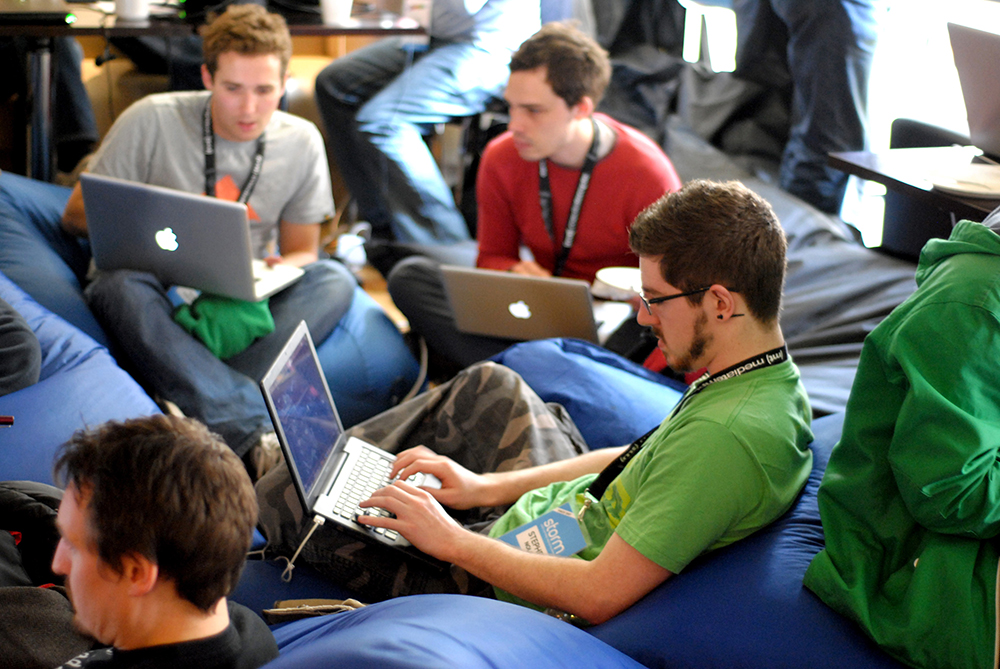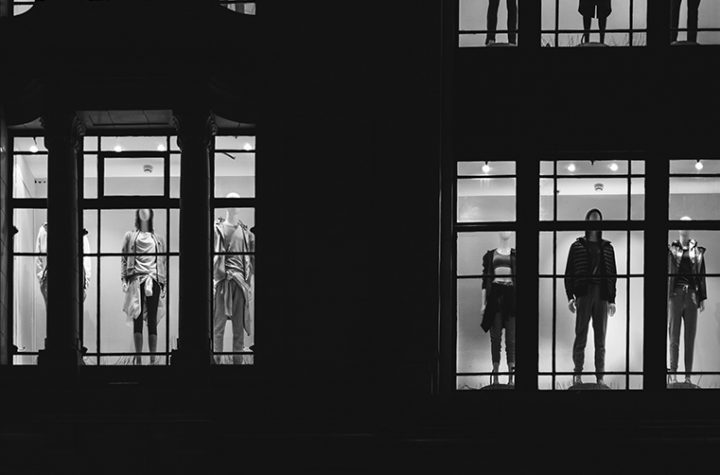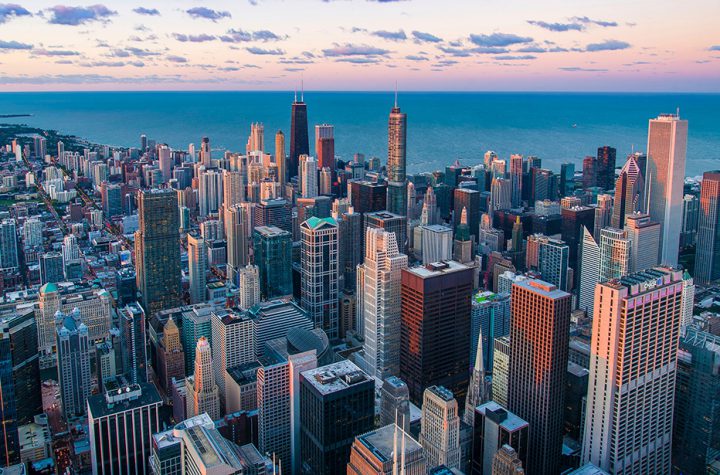
A couple of weekends ago, I was hanging out with some friends (brag) watching football (brag?). Football is a nice sport to watch because you dont have to really pay attention to it. Almost nothing is happening 95 percent of the time, which gives you and your buds plenty of opportunity to talk about other stuff, which is helpful for me because I dont follow football closely. Anyway, at some point the conversation turned to those Instagram filters.
Im sure youve seen them. Theyre slot machine-like contraptions in which people find out Which Pokémon are you? or What Disney character are you?, an augmented-reality reinvention of those personality quizzes that took over Facebook a decade ago and which BuzzFeed subsequently capitalized on. The savvy twist of this iteration is that it combines the largely arbitrary results of a pop-culture personality quiz with the reaction-video genre, condensing result and reaction into one bite-size clip.
So my friends and I decided to actually try out those filters that wed been seeing all over and quickly realized that that would not be as easy as it seems. Finding a specific Instagram filter is an arcane process that seems incompetently designed at first glance. Anyone can create and upload an Instagram filter using Instagrams developer tools, but getting others to use it is a different story.
Users cant search for Instagram effects by name. The effects browser in the app is divided into broad categories, and offers some popular, curated options, but you cant just search through the entire trove. You can go to a users profile and find every filter theyve uploaded, but this is not particularly useful. The main way of finding a specific filter is to tap on the filters name in an Instagram story. This process is similar to a chain letter or a virus: One person uses it and makes it usable to all of their followers, and then those people use it and spread it further to their own followers. Once you find a particular filter, you can bookmark it so it doesnt.
This process seems cumbersome and counterintuitive, but theres a slightly insidious principle underpinning it: It requires users to engage with the platform. They cant just get to the filter, they have to watch a Story. If they want to share it with their friends, the most hassle-free way is often to literally use the filter and post the recording to their story. (Another way of getting to a specific Instagram filter in order to use it is to follow a unique hyperlink that will open the Instagram app and activate the effect. This is not particularly useful because Instagram itself does not allow users to post hyperlinks publicly, its more useful for other social networks that Instagram would prefer you not use.)
A search function might be tricky to implement. On an open platform that allows anyone to create and submit a filter for public use, search results can get messy, and filled with copycats and ripoffs (even with its microscopic selection, Instagrams curated section of effects is filled with bootleg 3-D models and IP infringement). But even if Instagram found a way to implement a search function that mitigated these concerns, it probably wouldnt.
Without a search function, Instagram users are almost entirely reliant on their social ties to provide them with new viral filters. You cant use the filter until someone else does, or you get sent a link. Compare that system with Snapchat, where the most popular filters are often dictated by the company itself, based on what it features on any given day. The filters that Snapchat places in its carousel menu are the filters most likely to go viral (Snapchats filters are also different on a philosophical level). On Instagram, the featured filters and the most viral ones seem like they are in separate categories.
Instagrams filter-sharing structure functions as survival of the fittest. The only ones that get attention are the ones that get shared, and the primary way to further the sharing of a filter is to use it. Through this distribution system that relies on paying it forward, building your own filters, or more likely, curating others has now become a skill on Instagram that is just as important and useful to others as being hot used to be (filter creators even get a special section on their profile touting their wears). The filter ecosystems structures centers the filter less as its own work and more as a unit of social currency. There is a growing value in being the first person to use a certain filter and thus, unlocking the ability for all of your followers to do so as well.
Daily news about the politics, business, and technology shaping our world.
Terms & Privacy NoticeBy submitting your email, you agree to our Terms and Privacy Notice and to receive email correspondence from us.





More Stories
US star Megan Rapinoe tells BBC Sport about how taking a knee jeopardised her international career, and what the future holds for women’s football.
Australia’s corporate watchdog is in limbo as the Morrison government awaits the Thom review before deciding the fate of both ASIC and its chairman, James Shipton.
Researchers at Columbia Engineering found that alkali metal additives, such as potassium ions, can prevent lit